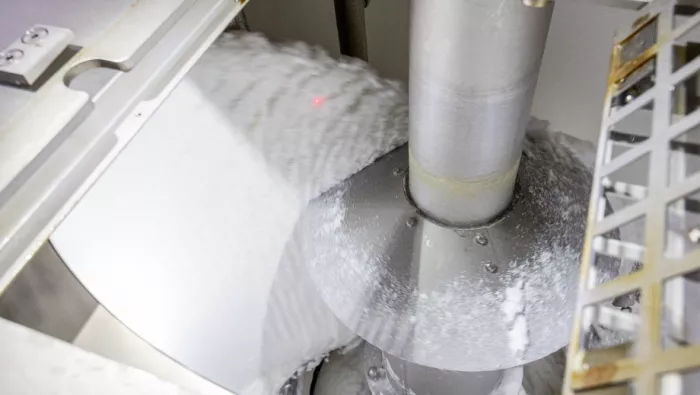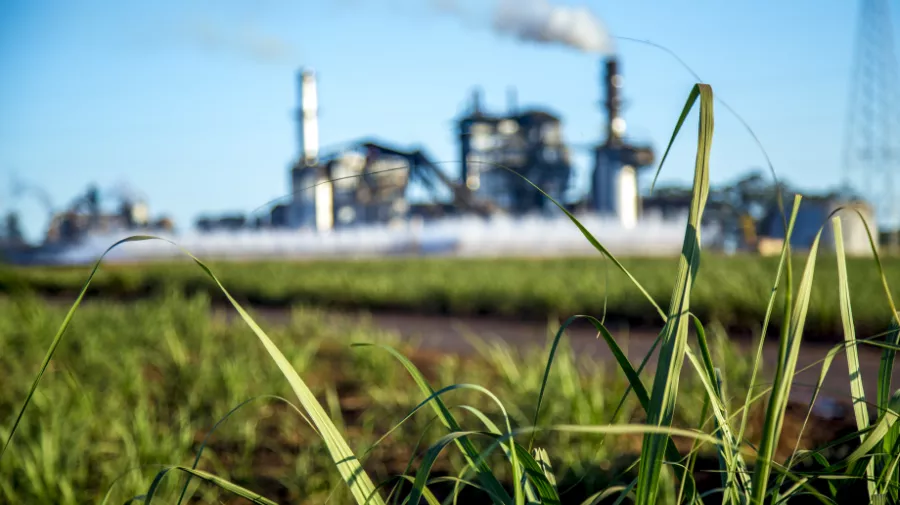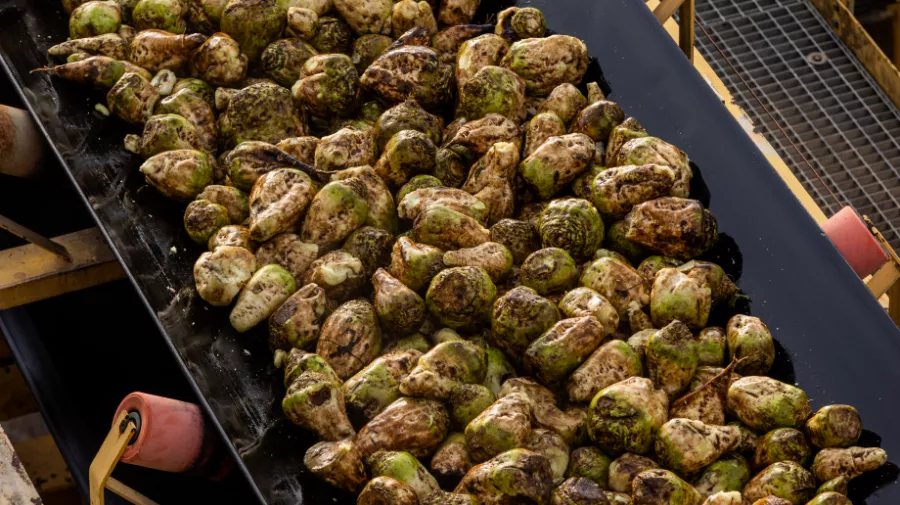
Processing and refining of sugar cane and beet
Once sugar cane and sugar beets have completed their journey from the farm to the mill processing or refining facilities, the transformation into the familiar sweet crystals we use in our daily lives begins. Discover below how sugar is processed.


